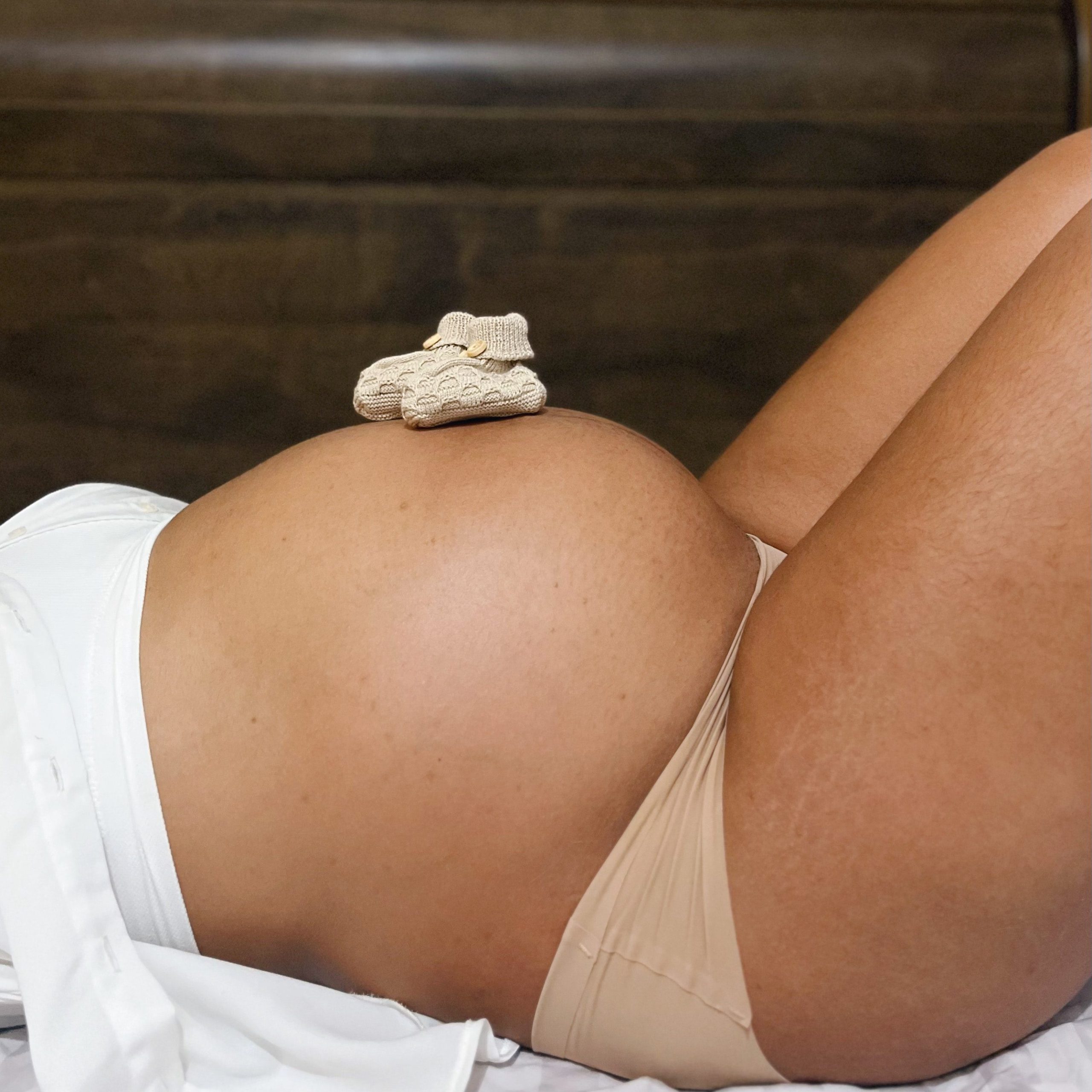During childbirth, the tissue surrounding your vagina and anus could get injured. This is called a vaginal tear, or perineal laceration as the perineum is the space between your vagina and anus.

What Causes a Vaginal Tear During Childbirth?
The skin around your vagina thins out during a vaginal delivery. This stretching is essential to provide enough room for your baby’s head and body to get through without any harm. Despite this stretching, however, about 90% of women suffer some degree of tear during childbirth.
Are You at Risk of A Tear?
You have a higher chance of having a vaginal tear during childbirth if:
- You are having your first baby
- Your baby was face up and not face down during childbirth
- Instruments like forceps or a vacuum were used during the delivery
- You are having a big baby (greater than 8pounds)
- Your labour was prolonged (especially the second stage of pushing)
- You are Asian
- You had an epidural.
If you think you may be at risk of having a vaginal tear during childbirth, speak to your healthcare provider.

Degrees of Vaginal Tears
Vaginal tears are generally divided into four grades, based on the degree of severity.
- First-degree Tear: This is the smallest and least severe tear. It is a minor wound that affects only the outermost part of the skin near your vagina and perineum. Typically, no stitches are necessary.
- Second-degree Tear: This is the most common vaginal tear. It is a bit larger than the first and extends deeper through the outer layer of skin to the vaginal muscles underneath. This tear needs to be stitched up.
- Third-degree Tear: This is a tear that extends to the area between your vagina and anus. It involves damage to the perineal skin and muscles and the anal sphincter which controls your bowel movements. A tear of this level requires stitches.
- Fourth-degree Tear: This is the rarest type of tear. However, it is also the most severe. It extends from the vagina, down the perineum, the anal sphincter muscles, and the rectum. This type of tear may require surgical repair as it may not be correctable in the delivery room with stitches.
Potential Complications of Vaginal Tears
Although they may initially cause a lot of discomfort, most vaginal tears will heal without any complications. Nevertheless, some potential complications may arise with the more severe tears. Some of these include:
- Bleeding
- Infections
- Pain and soreness around the vagina and perineum
- Faecal incontinence
- Pain during sex

Management of Vaginal Tears
The choice of treatment or repair of a vaginal tear depends on the degree of injury. Most first-degree tears require no stitches and are left to heal on their own. Second and third-degree tears will require stitches, but this can be done in the delivery room. These stitches are usually dissolvable and melt away in about 6 weeks.
However, a fourth-degree tear might require you to be transferred to the operating room for surgical repair, especially if you are losing a lot of blood.
Home Remedies For Vaginal Tears
Childbirth can leave you feeling very sore, especially if you suffer a tear. However, you can try a few remedies at home to relieve some of the discomfort. No matter the degree of tear you have, here are some things you could try:
- Use lukewarm water in a peri-bottle (squirt bottle) to clean up after using the bathroom.
- Pat your perineal area dry with toilet paper instead of wiping.
- Drink plenty of water and use a stool softener to prevent constipation.
- Apply ice packs directly or wear a special sanitary pad with a cold pack inside.
- Take a sitz bath on a bathtub or bucket filled with warm water.
- Sit down on a doughnut-shaped pillow to help remove the pressure from your perineum.
- Use over-the-counter pain medications if your health care provider approves. You could also try pain-relieving numbing sprays.

Can I Have a Vaginal Delivery if I Had a Tear Previously?
Yes, you can. Having a vaginal tear now does not mean you will have another tear during your next delivery. On the contrary, the risk of you getting a vaginal tear reduces with each delivery. However, always discuss your fears and your birthing options with your healthcare provider.
A Word From Edie and Amy
Vaginal tears are very common during childbirth. However, most women will only experience mild tears and heal completely within a few weeks after childbirth. Several home remedies listed in this article can help make the healing process easier and less uncomfortable. As always, we encourage you to speak to your healthcare provider both before and after childbirth about any concerns you have and the treatment options available for you.

